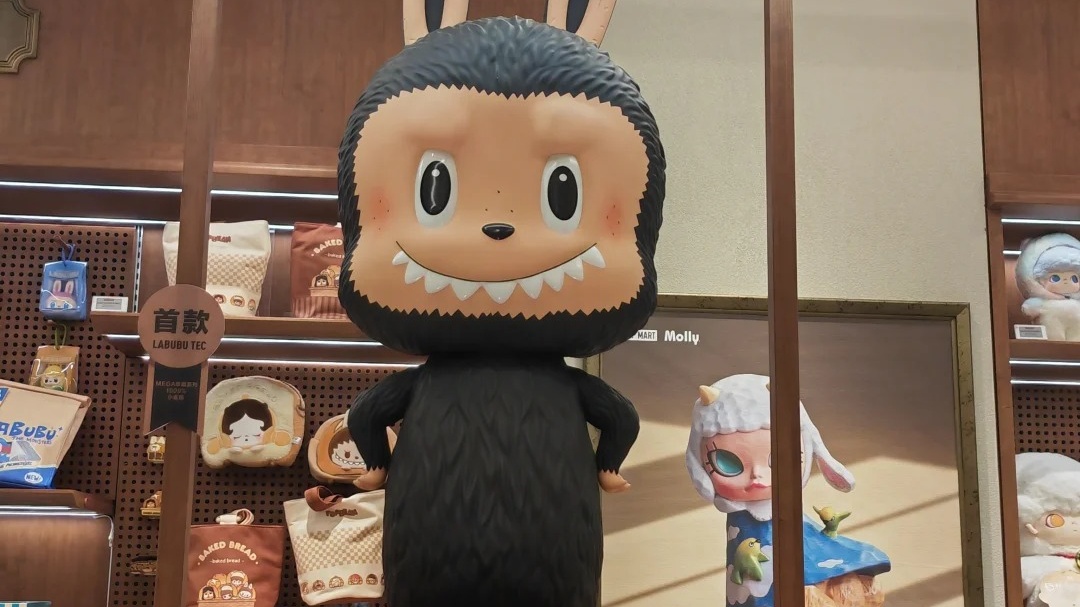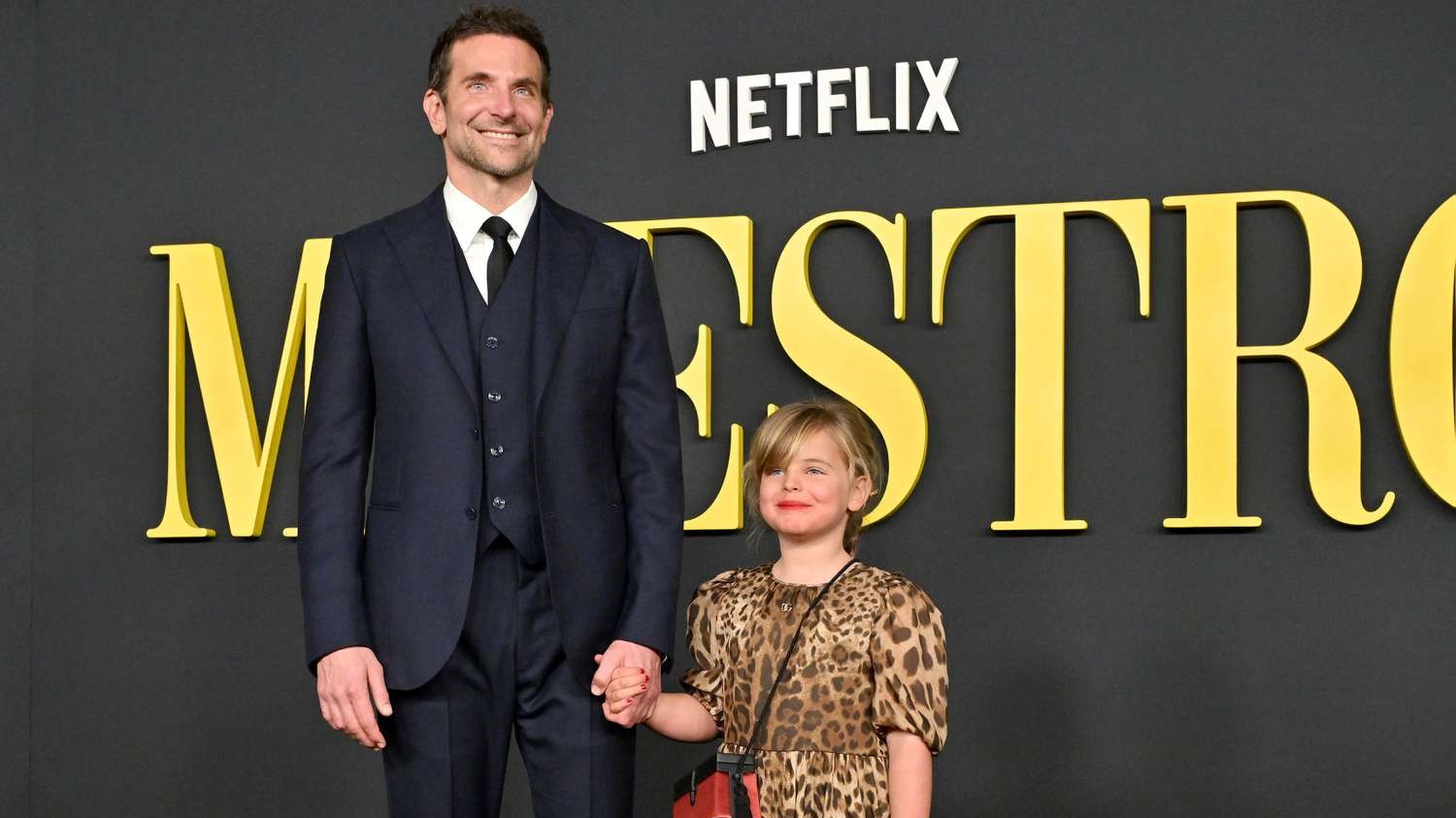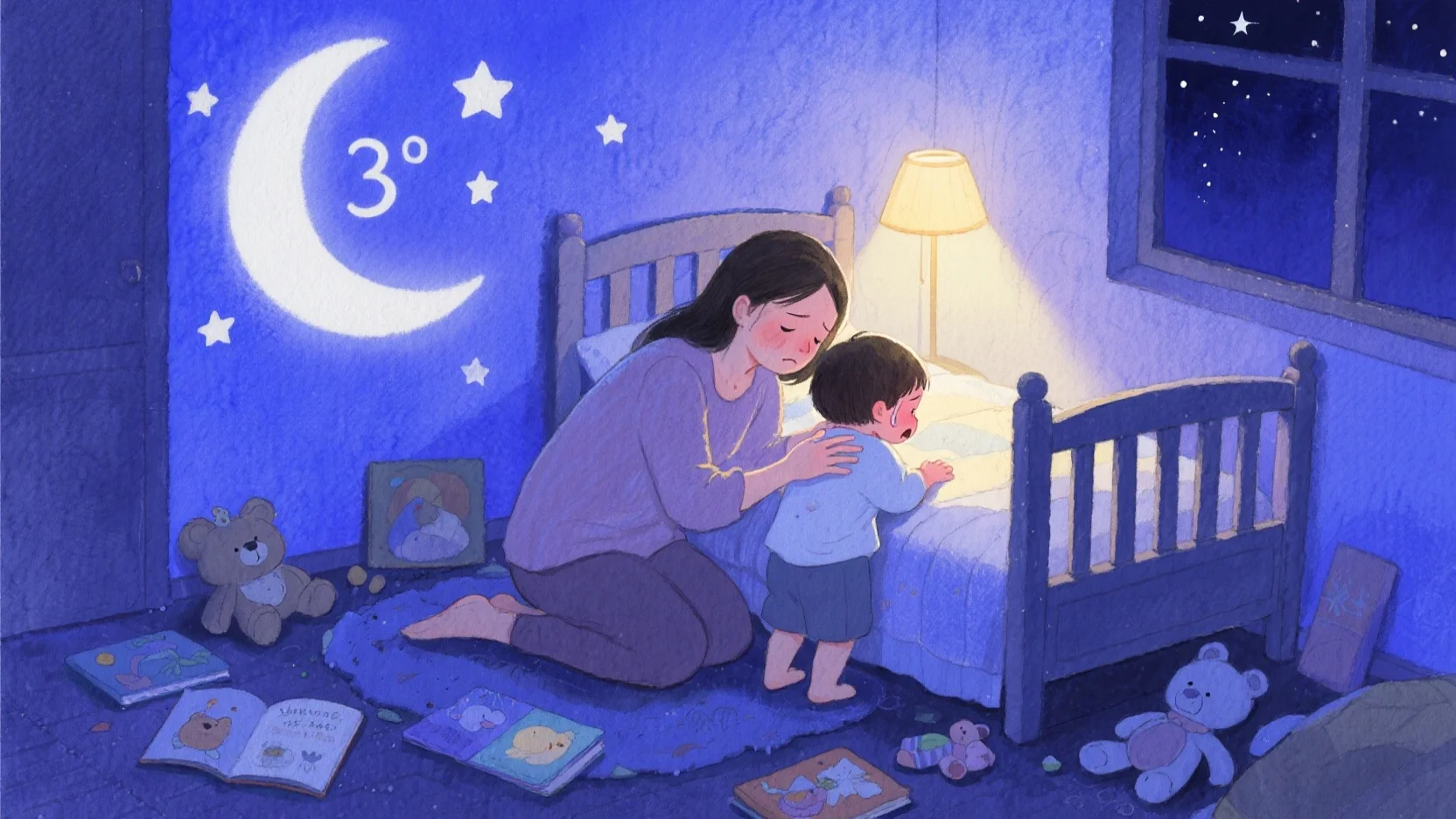Introduction: The Toy That Grew Up
When Kasing Lung first introduced Labubu in 2015, the mischievous, fanged creature was a niche art toy—a quirky collectible for underground designers. But today, Labubu has transcended its vinyl shell, morphing into a cultural phenomenon with a fanbase spanning toddlers, teens, and adults.
This evolution mirrors an unexpected truth: Sometimes, toys don’t just belong to children—they grow beyond them. And in Labubu’s journey from underground art to mainstream obsession, we find an uncanny metaphor for modern parenting—where our creations (whether toys or children) take on lives of their own.
More: The $1000 Labubu Phenomenon: Teaching Kids Value Beyond Price Tags

Part 1: Labubu’s Design Evolution – From Plaything to Artifact
Phase 1: The Rebellious “Kid” (2015-2018)
- Early Labubu designs were raw, jagged, and slightly grotesque—a punk-rock rejection of cute, commercial toys.
- Limited releases, sold mostly at underground art fairs, appealed to niche adult collectors, not kids.
- Parenting Parallel: Like a child’s early years, Labubu was unpolished but full of potential, shaped by its creator’s vision.
Phase 2: The Teenage Breakout (2019-2021)
- Collaborations (SpongeBob, POP MART) made Labubu more accessible but still edgy.
- Blind box mania turned it into a collectible craze, with teens and young adults obsessing over rare variants.
- Parenting Parallel: Like adolescence, Labubu’s identity became less controlled by its “parent” (Kasing Lung) and more influenced by market forces and fan demand.
Phase 3: The Mature Icon (2022-Present)
- High-art status: Labubu now appears in galleries, luxury collabs (e.g., Medicom Toy), and resells for thousands.
- Dual audience: Kids love its playful look; adults treat it as investment-grade art.
- Parenting Parallel: Like watching a child become independent, Labubu has outgrown its original purpose, becoming something bigger than its creator imagined.
More: How to Talk to Your Child About Toy Safety: The Labubu Example
_来自小红书网页版.jpg)
Part 2: The Parenting Metaphor – When Your “Child” Develops Its Own Life
1. The Illusion of Control
- Kasing Lung didn’t plan for Labubu to become a global phenomenon—just as parents can’t fully dictate their child’s path.
- Lesson: The best creations (and children) often defy expectations.
2. The Pain (and Pride) of Letting Go
- As Labubu’s popularity exploded, Kasing Lung had to relinquish some creative control (e.g., mass-market blind boxes).
- Parenting Truth: Holding on too tightly stifles growth—real maturity comes from autonomy.
3. When Your “Child” Outgrows You
- Some hardcore fans now value Labubu more for resale profit than artistic meaning.
- Parenting Parallel: Kids develop their own values, sometimes diverging from what parents taught them.
More: The Psychology Behind ‘Ugly-Cute’ Toys Like Labubu: What Parents Should Know
Conclusion: Toys, Like Children, Are Meant to Evolve
Labubu’s journey—from underground oddity to cultural icon—proves that the most meaningful creations aren’t static. They grow, change, and sometimes surpass their origins.
And perhaps that’s the essence of parenting: You nurture something with love, but its ultimate destiny isn’t yours to decide.
So next time you see a Labubu—whether in a child’s hands or a collector’s glass case—remember: The best toys, like the best people, never stay small.
Final Thought:
“We don’t own our creations. We just set them free.” — Kasing Lung (probably)








